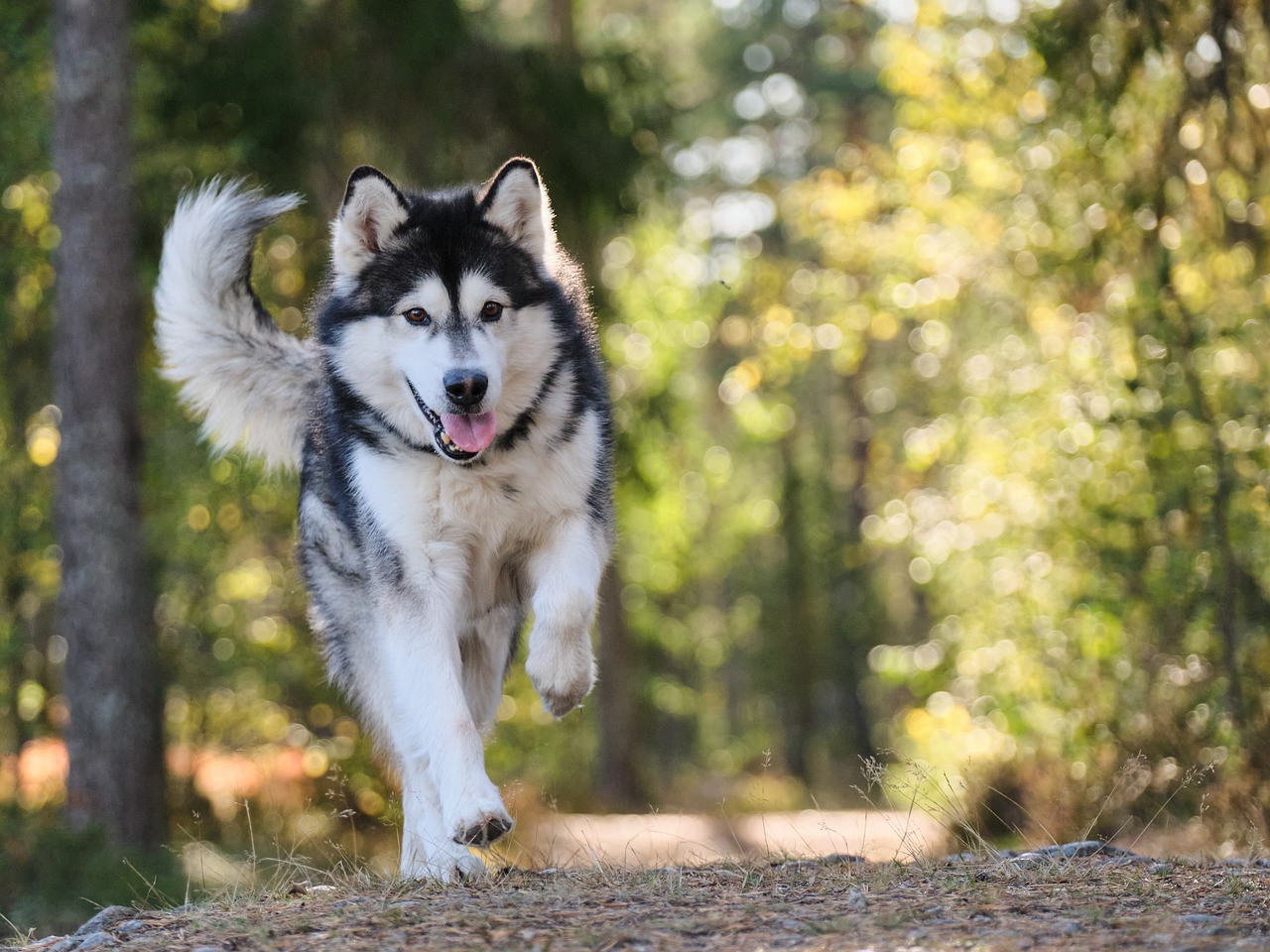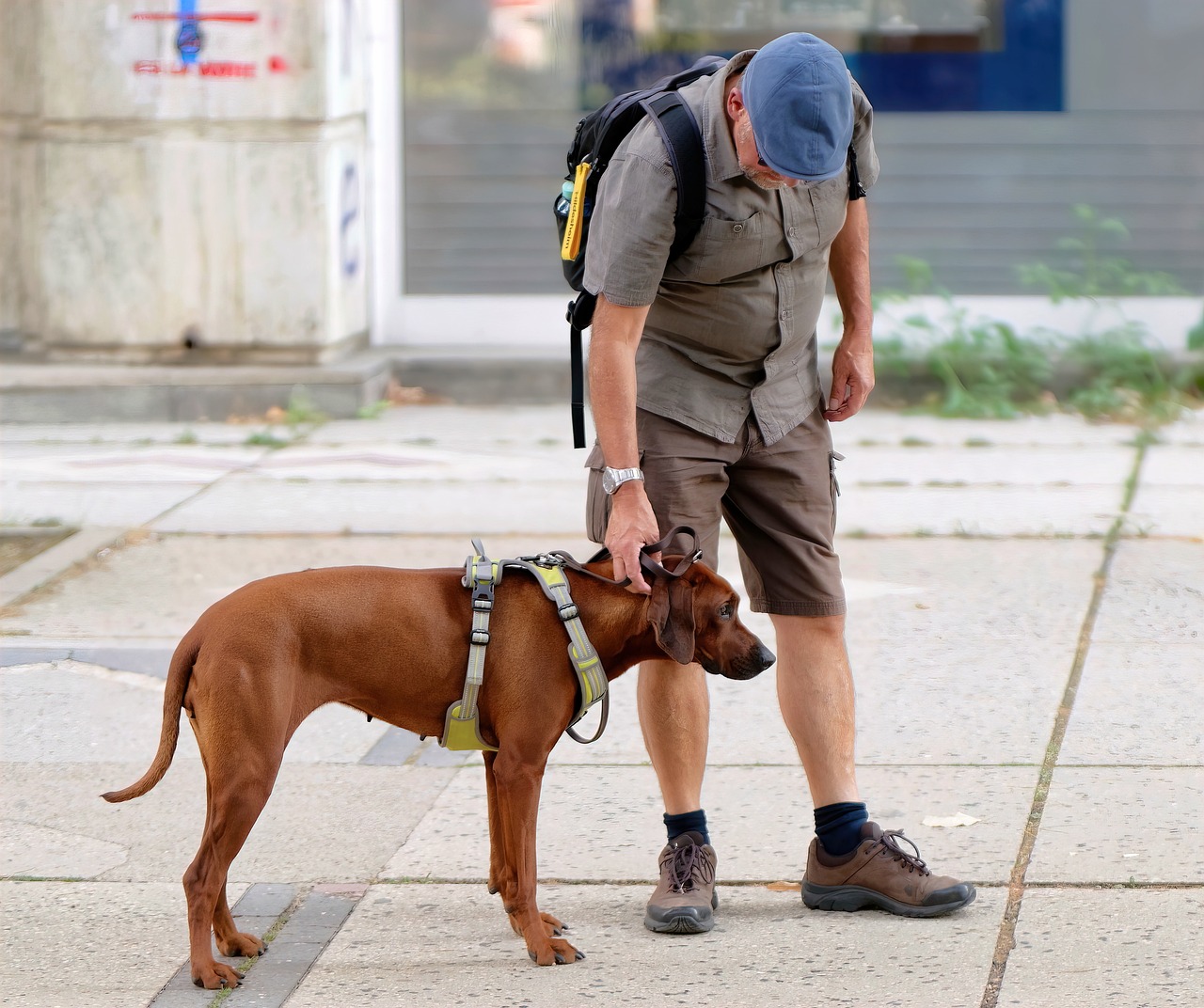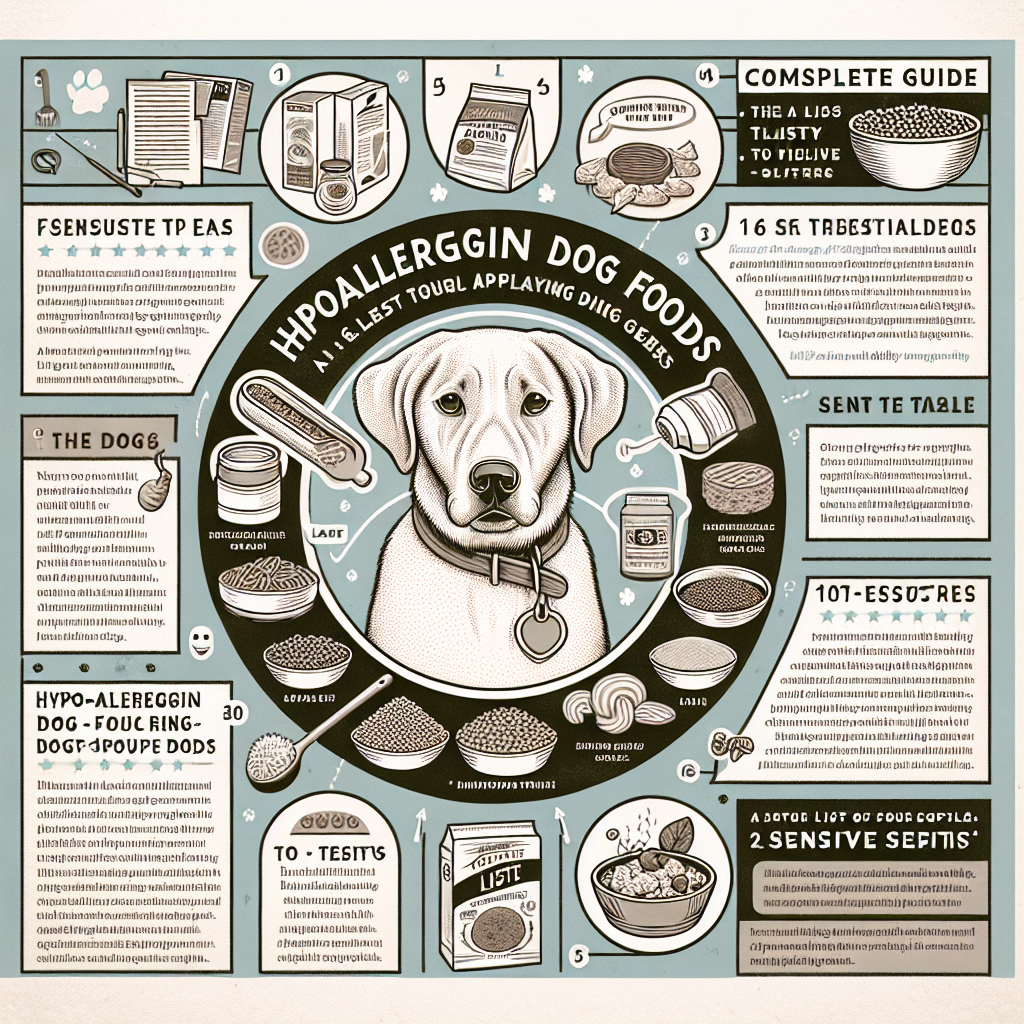
Dog training has evolved remarkably over the years, moving away from the dominance-based methods of old towards more compassionate and scientifically-backed approaches. Among these, clicker training stands out as a leading technique for behavior modification using positive reinforcement. In this guide, we will explore the principles, benefits, and techniques of clicker training, providing you with a robust understanding of how to implement and master this method to transform your dog’s behavior.
Understanding Clicker Training
The Principles of Clicker Training
Clicker training is based on the idea of marking and reinforcing desired behaviors. Here’s how it works:
-
- The Clicker: A small device that produces a distinct “click” sound when pressed. This sound serves as a marker to capture the precise moment a desired behavior occurs.
-
- Positive Reinforcement: After the click, a reward is given to the dog. This typically involves treats, but can also include affection or play.
-
- Behavior Association: Dogs quickly learn to link the sound of the clicker with a reward and eventually associate the clicked behavior with the reward.
The Science Behind It
Clicker training leverages the principles of operant conditioning, a concept developed by B.F. Skinner. The process involves:
-
- Reinforcement: Strengthening behaviors by providing a positive outcome (e.g., treats).
-
- Shaping: Gradually guiding behaviors towards the desired outcome by reinforcing successive approximations.
-
- Extinction: Reducing undesired behaviors by withholding reinforcement.
Benefits of Clicker Training
Strengthening the Bond
Clicker training is not just about teaching commands; it’s about fostering a stronger connection between you and your dog. The positive reinforcement method builds trust and enhances communication, making training sessions enjoyable and productive.
Effective Learning
The clear and consistent feedback provided by the clicker allows dogs to quickly understand which behaviors are being rewarded. This accelerates the learning process compared to other training methods.
Humane Approach
By focusing on positive reinforcement rather than punishment, clicker training provides a humane and ethical way to train dogs. It minimizes stress and anxiety, promoting a happier and more motivated animal.
Versatility
Clicker training can be used for a wide range of behaviors, from basic commands like “sit” and “stay,” to complex tricks and even addressing behavioral issues such as aggression or anxiety.
Getting Started with Clicker Training
Choosing the Right Clicker and Treats
The market offers various types of clickers, from standard box clickers to softer i-clicks suitable for noise-sensitive dogs. Select a clicker that is comfortable and easy to use.
For treats, choose small, high-value rewards that your dog loves. The treat should be quick to consume to maintain the flow of training sessions. Consider using different treats to maintain interest and motivation.
The Basics: Charging the Clicker
Before you begin training specific behaviors, you need to establish the clicker as a predictor of rewards. This process is known as “charging the clicker.”
-
- Step 1: Gather your dog and some small treats.
-
- Step 2: Click the clicker once and immediately give your dog a treat.
-
- Step 3: Repeat this several times over short sessions (5-10 clicks per session).
After a few sessions, your dog will start to associate the clicker sound with receiving a reward.
Introducing the Clicker Cue
Once the clicker is charged, you can start using it to reinforce desired behaviors. Begin with simple commands or natural behaviors.
-
- Step 1: Select a behavior you want to reinforce, such as sitting.
-
- Step 2: Wait for your dog to sit naturally.
-
- Step 3: As soon as your dog’s bottom touches the ground, click the clicker.
-
- Step 4: Immediately follow with a treat.
Repeat this process several times. Your dog will begin to understand that sitting results in a click and a treat.
Advanced Clicker Training Techniques
Shaping Behaviors
Shaping involves breaking down complex behaviors into smaller, manageable steps. Use the clicker to mark each step, gradually shaping the complete behavior.
-
- Step 1: Identify the final behavior (e.g., rolling over).
-
- Step 2: Reward successive approximations (e.g., lying down, turning head, rolling halfway, rolling fully).
Target Training
Target training teaches your dog to touch a specific object with its nose or paw, guiding them into performing a desired action.
-
- Step 1: Introduce a target, such as a stick or your hand.
-
- Step 2: Click and treat when your dog makes contact with the target.
-
- Step 3: Gradually increase the difficulty by moving the target.
Combining Clicker Training with Verbal Cues
Once your dog reliably performs a behavior with the clicker, you can introduce a verbal cue.
-
- Step 1: Say the verbal cue (e.g., “sit”) just before your dog performs the action.
-
- Step 2: Click and treat upon completion.
-
- Step 3: Repeat until your dog associates the verbal cue with the action.
Addressing Common Challenges
Inconsistent Clicking
Consistency is key in clicker training. Ensure you click at the precise moment the desired behavior occurs. Practice your timing without the dog until you feel confident.
Over-Reliance on Treats
Gradually phase out the treats by using a variable reinforcement schedule. Click and treat for every correct response initially, then start treating less frequently, while still using the clicker consistently.
Distractions
If your dog gets distracted easily, start training sessions in a quiet environment and gradually introduce distractions as your dog becomes more proficient.
Fear of the Clicker
Some dogs may be startled by the clicker sound. In such cases, muffle the clicker by wrapping it in a towel, or use a softer-sounding i-clicker and gradually expose your dog to louder clicks.
Real-World Applications
Basic Commands
-
- Sit
-
- Stay
-
- Come
-
- Leave It
Complex Tricks
-
- Roll Over
-
- Play Dead
-
- Spin
-
- Fetch Specific Objects
Behavioral Issues
-
- Leash Reactivity
-
- Separation Anxiety
-
- Excessive Barking
-
- Aggression
Tips for Success
Keep Sessions Short
Dogs have limited attention spans. Keep training sessions brief, around 5-10 minutes, and filled with fun positive interactions.
Patience and Persistence
Training takes time and consistency. Celebrate small successes and be patient with setbacks.
Record Progress
Maintaining a training log can help track your dog’s progress and identify patterns or areas needing more focus.
Stay Positive
Remember, clicker training is based on positive reinforcement. Maintain an upbeat and encouraging attitude throughout the training sessions.
Conclusion
Mastering clicker training can be a transformative journey for both you and your dog. By using positive reinforcement techniques, you will foster a deeper bond, encourage effective learning, and promote a happier, well-behaved pet. Whether you are a novice or an experienced trainer, the principles and methods outlined in this guide will help you harness the power of clicker training to bring out the best in your beloved canine companion.
Embark on this journey with patience, consistency, and a pocketful of treats, and you’ll soon discover the joys and successes of positive dog training.
#ChatGPT assisted in the creation of this article.






